Costco has always been synonymous with value, but its recent crackdown on membership moochers is raising eyebrows across the retail industry. The retailer, known for its bulk discounts and no-frills shopping experience, has begun enforcing stricter membership policies to ensure that only paying members enjoy the perks of shopping at their warehouses.
This move isn’t just about protecting profits; it’s a clear signal of how Costco values its relationship with its members. By tightening access to its stores, Costco is reinforcing the idea that membership is not just a transaction but a privilege—one that comes with tangible benefits. In an era where brand loyalty can be fleeting, Costco’s decision highlights its commitment to maintaining the integrity of its membership model, even if it risks alienating some potential shoppers.
Costco’s actions speak to a broader trend in retail, where companies are increasingly focused on fostering deep, long-term loyalty among their customers. According to a 2023 study by McKinsey, 75% of consumers are willing to switch brands for better value, but those who feel a strong connection to a brand are five times more likely to remain loyal. By cracking down on non-members, Costco is doubling down on the value it offers to those who buy into its model—literally and figuratively.
As Costco navigates this new terrain, it offers a case study in how brands can balance the need for growth with the importance of staying true to their core values.
Image credit: Costco
Understanding the Crackdown
Costco’s recent policy changes mark a significant shift in how the retail giant manages its membership base. One of the most notable updates is the introduction of mandatory membership card scanning at store entrances. Previously, a simple flash of a card was enough to gain entry, but now, members must scan their cards using new devices placed at the entrance, ensuring that only valid, paying members can step inside. Additionally, Costco has reinforced its self-checkout process by requiring shoppers to present both their membership card and a photo ID—a move aimed at curbing the use of borrowed or shared memberships.
These changes might seem like a minor inconvenience to some, but for Costco, they are a strategic move to uphold the integrity of its membership program. The company has long positioned itself as a member-exclusive retailer, where the annual fee is justified by the access it grants to a wide range of discounted products. Allowing non-members to enjoy these benefits without paying undermines the value proposition that Costco offers to its loyal customers.
The rationale behind this crackdown becomes clear when you consider Costco’s business model. Unlike many retailers that rely heavily on product markups, Costco’s primary profit driver is its membership fees. In 2023, these fees generated $4.6 billion in revenue, accounting for a substantial portion of the company’s overall profits. By tightening its membership policies, Costco is not just protecting this revenue stream—it’s also reinforcing the exclusivity and value of being a member.
Furthermore, this move helps to maintain a level of fairness among Costco’s customer base. The company’s pricing model is built on the principle that all members share equally in the benefits of bulk buying and lower prices. By allowing non-members to take advantage of these benefits, Costco would risk eroding the trust and loyalty it has built with its paying members, many of whom see their membership as an investment.
In essence, Costco’s stricter enforcement of membership policies is a reflection of its commitment to its customers and its business model. It’s a calculated decision to prioritize long-term loyalty and brand integrity over short-term sales—an approach that many other retailers could learn from.
Consumer Loyalty and Value Perception
The Role of Membership Programs
Membership programs are more than just a revenue stream for retailers; they are a powerful tool for building brand loyalty and fostering a sense of exclusivity among consumers. Costco’s membership model is a prime example of this strategy in action. By requiring customers to pay an annual fee for access to its warehouses, Costco creates an environment where shoppers feel they are part of an exclusive club, reaping benefits that non-members cannot. This sense of exclusivity is a key driver of consumer loyalty. A 2022 survey by Kantar revealed that 73% of Costco members viewed their membership as valuable or very valuable, a sentiment that directly translates into repeat business and long-term customer retention.
Membership programs like Costco’s work by establishing a clear value proposition: pay a fee upfront, and in return, you gain access to benefits that more than justify the cost. This creates a psychological commitment from members, who are more likely to remain loyal to the brand to maximize the value of their investment. The exclusivity also feeds into a consumer’s desire for belonging and being part of something unique, further strengthening the emotional bond between the brand and the consumer.
Impact on Consumer Behavior
The strict enforcement of membership policies, such as those recently implemented by Costco, can have a significant impact on consumer behavior. On the positive side, these policies reinforce the value of the membership, making paying members feel that their investment is protected and worthwhile. This sense of protection can increase member satisfaction and loyalty, as they see the brand actively working to maintain the integrity of the benefits they paid for. According to a 2023 Deloitte report, 65% of consumers are more likely to stay loyal to brands that they believe treat them fairly and reward their loyalty.
However, there are potential downsides to this approach. Stricter enforcement could alienate some consumers, particularly those who might feel that the policies are overly rigid or intrusive. For instance, the requirement to present a photo ID at self-checkout might be seen as a hassle for some members, leading to frustration and potentially even cancellations if they perceive the process as inconvenient. There’s also the risk of negative word-of-mouth, as disgruntled customers may share their dissatisfaction with others, potentially deterring new members from joining.
International Examples
Image credit: Muji
In Asian markets, membership programs are also used to create a sense of exclusivity and loyalty, though they often take on different forms. Take Japanese retailer Muji, for example. Muji offers a membership program that provides members with access to special discounts, early product releases, and exclusive events. Unlike Costco, which focuses on value through bulk buying, Muji’s membership appeals to consumers’ desire for minimalism and quality, creating a loyal customer base that values the brand’s unique offerings. This approach has been successful in Japan and other Asian markets, where consumers place high importance on brand loyalty and are often willing to pay a premium for membership benefits.
Image credit: Tesco
In the UK, retailers like Tesco have also embraced membership programs as a way to foster consumer loyalty. Tesco’s Clubcard program is one of the most successful examples, offering members discounts, personalized offers, and the ability to earn points that can be redeemed for rewards. This program has been instrumental in helping Tesco maintain its position as one of the leading grocery chains in the UK. According to a 2023 YouGov survey, 77% of Clubcard users reported that the program made them more likely to shop at Tesco over competitors. The success of Tesco’s Clubcard illustrates how membership programs, when executed well, can significantly influence consumer behavior, encouraging repeat purchases and brand loyalty.
Costco’s recent crackdown on membership misuse, when viewed through the lens of these international examples, highlights a common theme: the need for retailers to protect the value they offer their most loyal customers. Whether in the U.S., Asia, or the UK, the core principle remains the same—membership programs are a powerful tool for building and maintaining consumer loyalty, but they require careful management to ensure they deliver on their promise.
The Business Perspective
Revenue from Membership Fees
For Costco, membership fees are not just a supplementary income stream; they are the cornerstone of the company’s business model. In 2023, Costco reported $4.6 billion in revenue from membership fees alone, an 8% increase from the previous year. This steady stream of income is crucial because it allows Costco to maintain its low-margin pricing strategy, which is a key element of its value proposition to customers. The recent $5 increase in membership fees, effective from September 2024, is projected to further boost this revenue, reinforcing the company’s financial health even in a competitive retail environment.
The significance of these fees cannot be overstated. Unlike other retailers that rely heavily on product markups, Costco’s ability to generate substantial revenue from memberships allows it to offer consistently lower prices, driving high volumes of sales. This model creates a virtuous cycle: low prices attract more members, whose fees then support the continued offering of low prices. The enforcement of stricter membership policies is a natural extension of this model, as it ensures that the revenue generated from these fees is maximized and that the benefits remain exclusive to paying members.
Global Comparisons
US vs. Asia: In the United States, Costco’s membership-driven revenue model is well established, with over 124 million cardholders contributing to its substantial fee income. In Asian markets, however, the dynamics can be slightly different. While membership fees are still a vital part of the revenue model, the market context requires a tailored approach. In Japan, for example, Costco has successfully adapted its model to local preferences, where consumers are known for their value-consciousness. However, the market is also highly competitive, with local players offering similar bulk-buying experiences without membership fees, requiring Costco to emphasize the added value of membership, such as exclusive product lines and superior customer service.
In contrast, in markets like South Korea, Costco has seen explosive growth, where the membership model aligns well with local consumer behavior that favors bulk buying and premium products. Here, membership fees contribute significantly to overall revenue, similar to the U.S., but with a stronger emphasis on the exclusivity and premium nature of the Costco shopping experience. This regional variation highlights the need for Costco to adapt its membership strategy to align with local consumer preferences while still maintaining its core business model.
UK: In the UK, the concept of membership-driven revenue is handled differently by companies like Amazon with its Prime program. Amazon Prime, much like Costco’s membership, offers customers a range of benefits, from free shipping to exclusive content, in exchange for an annual or monthly fee. However, unlike Costco, where the membership fee is integral to accessing the shopping experience, Amazon Prime is positioned more as a premium service, offering added convenience and perks.
The competitive landscape in the UK is intense, with retailers like Tesco and Sainsbury’s offering loyalty programs that, while not requiring a fee, create a similar sense of belonging and value. These programs, such as Tesco’s Clubcard, drive customer loyalty through points-based rewards rather than direct revenue from membership fees. This difference in approach highlights how UK-based companies leverage customer data and personalized marketing to maintain loyalty, rather than relying on membership fees alone.
For Costco in the UK, maintaining the integrity of its membership model is vital in a market where consumers are accustomed to free loyalty programs. The company’s ability to emphasize the unique value of its membership—access to exclusive products and significant savings on bulk purchases—will be key to sustaining its revenue model in this competitive environment.
Overall, the success of Costco’s membership-driven revenue strategy, whether in the U.S., Asia, or the UK, depends on its ability to balance the exclusivity of its benefits with the needs and expectations of different markets. The recent crackdown on membership misuse is a clear indication of Costco’s commitment to protecting this critical revenue stream, ensuring that its business model remains robust and sustainable in the face of evolving consumer behavior and market dynamics.
Measuring and Maintaining Customer Loyalty
In today’s competitive retail environment, measuring and maintaining customer loyalty is more critical than ever. Companies like Costco, which rely heavily on membership models, must continuously assess how their policies impact customer satisfaction and loyalty. Market research provides valuable tools to gauge these factors, helping businesses make informed decisions about their strategies.
One of the most effective tools for measuring customer loyalty is the Net Promoter Score (NPS). This metric asks customers how likely they are to recommend a company to others, providing a clear indicator of overall satisfaction and brand loyalty. High NPS scores are often correlated with strong customer retention, as loyal customers are more likely to continue their memberships and even promote the brand to others. According to Bain & Company, companies with high NPS scores grow at more than twice the rate of their competitors.
Another important tool is customer satisfaction surveys, which can be customized to address specific aspects of the shopping experience. For Costco, this might include questions about the perceived value of membership, satisfaction with in-store experiences, and reactions to recent policy changes like the membership crackdown. These surveys provide direct feedback from members, allowing Costco to identify potential areas of concern and address them proactively.
Additionally, companies can use behavioral data to measure loyalty. This includes tracking purchase frequency, membership renewal rates, and customer lifetime value. For instance, if Costco notices a decline in membership renewals following the implementation of stricter policies, it might indicate a need to reassess the approach or offer additional incentives to retain members.
Impact on Brand Integrity and Long-Term Success
Maintaining customer loyalty is not just about retention; it’s also about protecting and enhancing brand integrity. For Costco, the enforcement of strict membership policies is a double-edged sword. While it reinforces the value of membership, it also risks alienating some customers. This is where market research plays a crucial role—by continuously monitoring customer sentiment, Costco can balance the need for policy enforcement with the need to keep its members satisfied.
Ultimately, the insights gained from market research help companies like Costco maintain a strong, loyal customer base, which is essential for long-term success. As the retail landscape continues to evolve, the ability to measure and adapt to changing customer expectations will be key to sustaining membership-driven revenue models. By staying attuned to their customers’ needs and preferences, businesses can ensure that their loyalty programs remain effective and that their brand integrity is preserved.
Final Thoughts
Costco’s recent crackdown on membership misuse is more than just a policy update; it’s a strategic move that highlights the company’s dedication to preserving the value and exclusivity of its membership model. By enforcing stricter entry and checkout procedures, Costco is protecting its core revenue stream while reinforcing the trust and loyalty of its paying members.
This approach underscores a broader lesson in consumer behavior: in a world where customers have more choices than ever, companies must work harder to ensure that their value propositions remain clear and compelling. Costco’s decision to tighten its membership policies is a reminder that maintaining customer loyalty requires a careful balance between offering value and enforcing the rules that uphold that value.
As other retailers watch Costco navigate this challenge, valuable lessons can be learned about the importance of customer loyalty and the role of market research in shaping business strategies. For those looking to deepen their understanding of consumer behavior and loyalty programs, reach out to us, we would love to help.


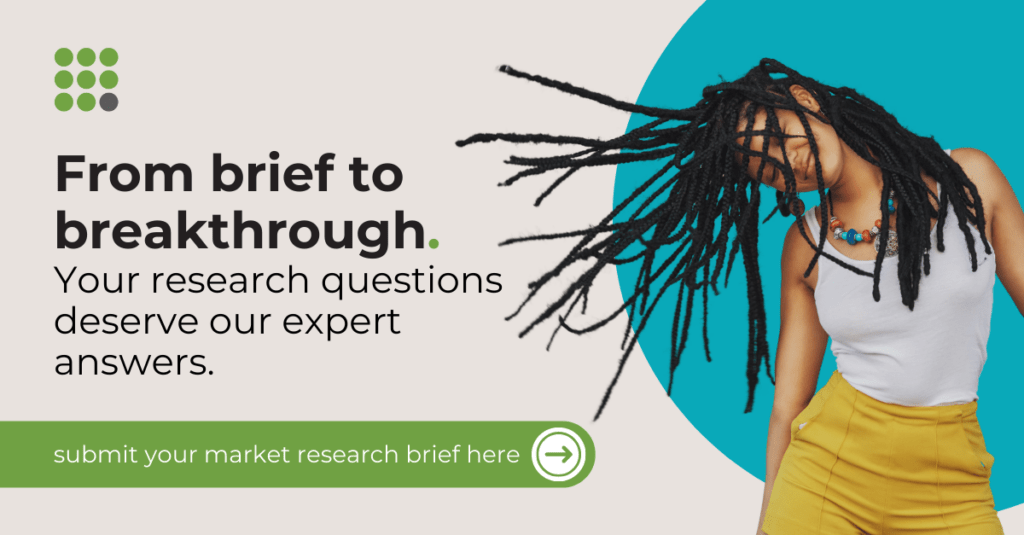
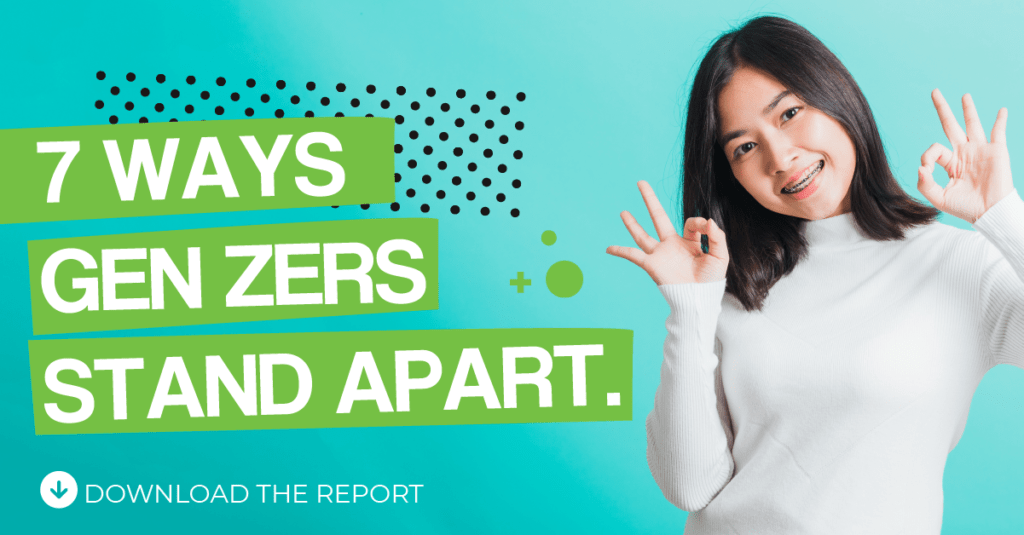

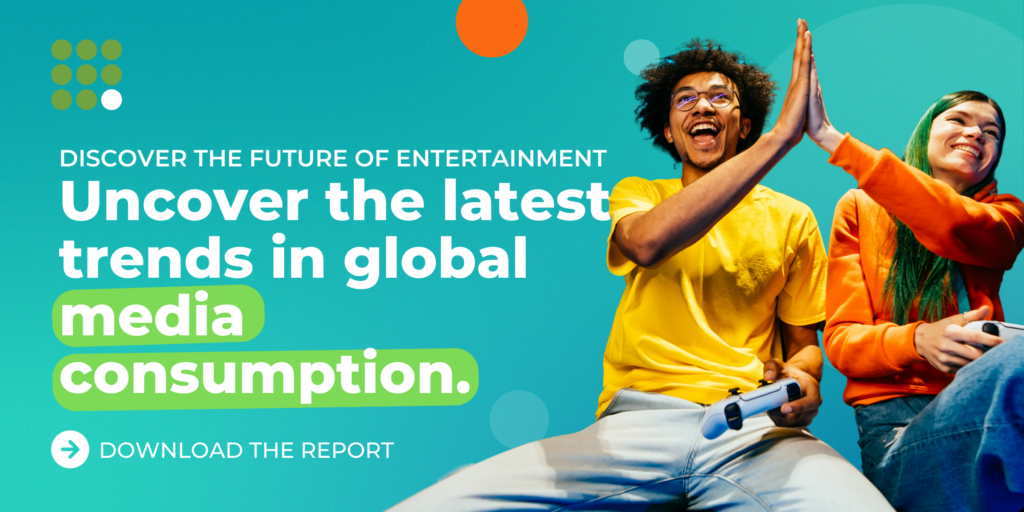

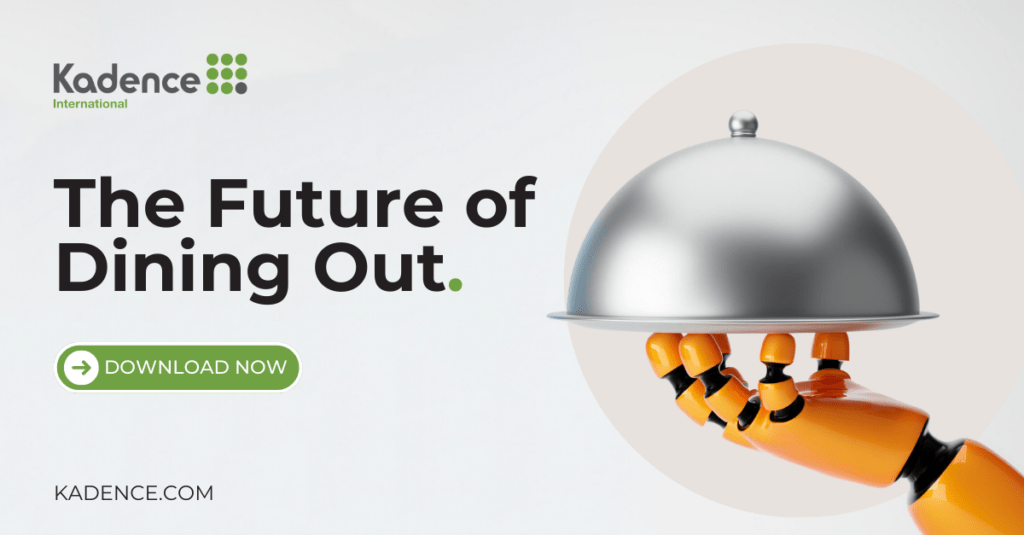
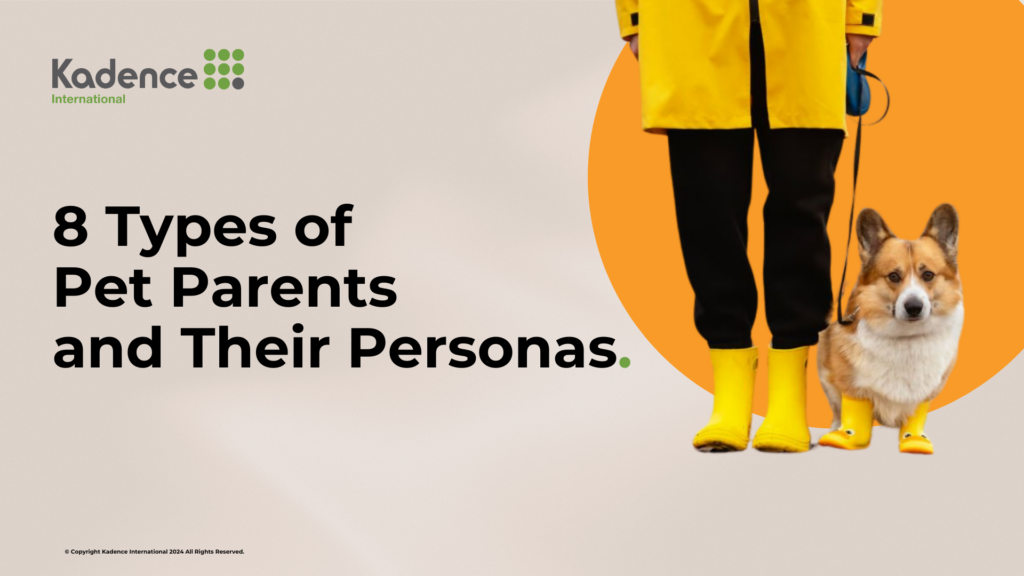
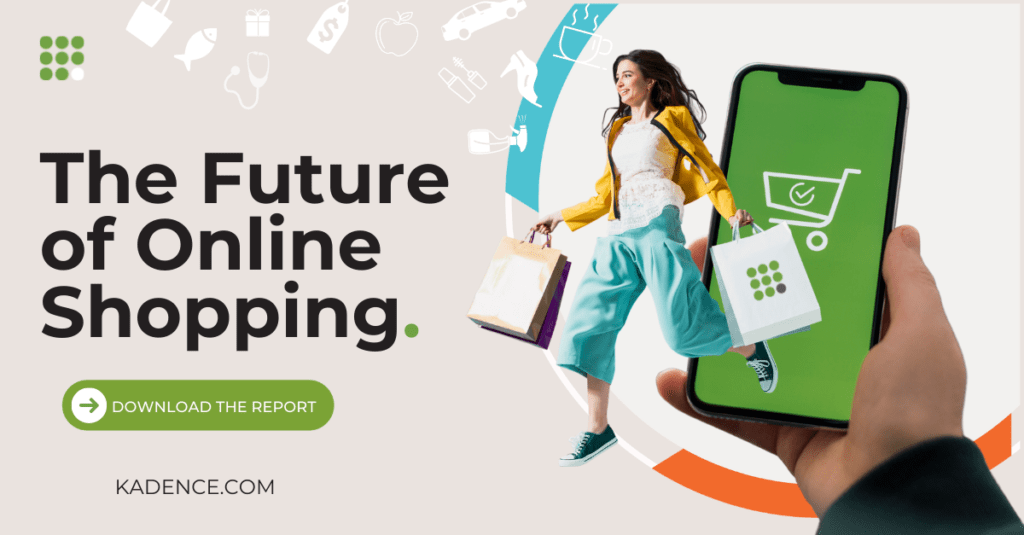






 Senior Marketing Executive
Senior Marketing Executive Sales & Marketing
Sales & Marketing General Manager PR -Internal Communications & Government Affairs
General Manager PR -Internal Communications & Government Affairs Vital Strategies
Vital Strategies
 Customer Intelligence Director
Customer Intelligence Director